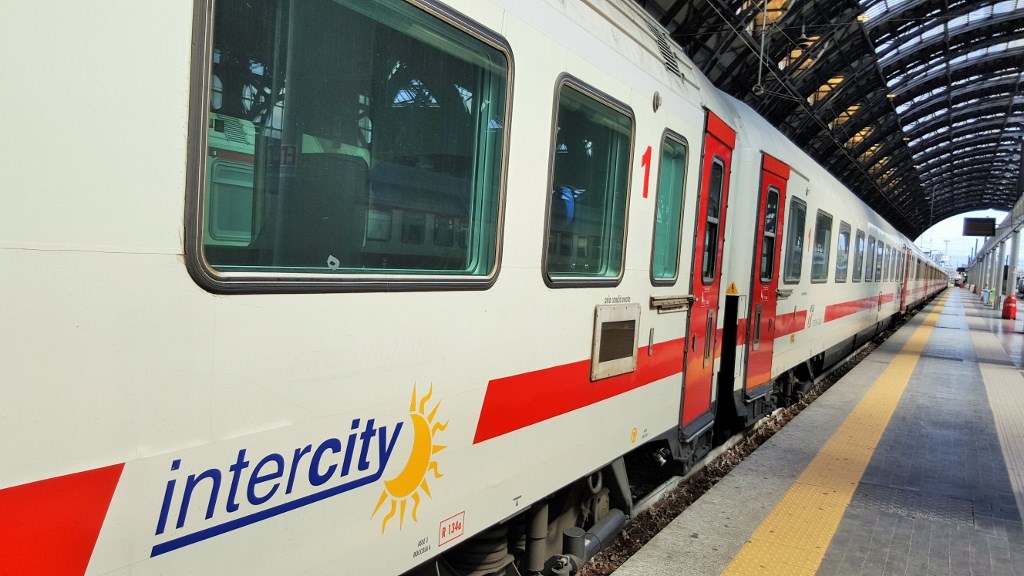
I was roaming around the excellent @yfreemark 's Transit Explorer 2 expansion to Europe and N-Africa and I started asking myself: is it correct to label TER as commuter rail? is even possible to have consistent categories across the Pond?
A distraction thread for transit twitter
A distraction thread for transit twitter

First, I'm not even trying to figure out if LRTs are the same as modern French tramways or if a legacy tramway network like the one in Milan is more like a streetcar or an LRT, as some sections are more on the LRT side of the spectrum, with at grade but segregated RoW and long RS 



My question is more about regional/commuter rail. I'm not even talking about the timetable pattern (all-day frequent vs peak only), but the extent of this definition as applied to Europe. Are French TER or Italian regional trains services like Metro-North, LIRR, NJT or MBTA? 



Because, if commuter rail is every line where there is passenger traffic calling at every station but not covering very long distance (i.e. under the 100-150km range), so every rail line in Europe is technically a commuter rail, since almost every active line has some service.
But the comparison is even more difficult when you go to geographic service pattern. Take Lombardy's rail network, a 10 Million region comparable to Boston. You have many more patterns of service around Milan and its urban region than than around NYC, for example 

If you take one of the mainline radiating form the city you have the S (pictured blue), that is what in US is called regional rail, an all-day takt service (30'), calling at closely spaced stops, normally through-running in the city center tunnel (not pictured) with a 30km range 

But on the same line you have regional trains (green), normally hourly or bi-hourly, that skip most inner stops but call at every stop beyond S-lines reach, go as far as 80-100km out while terminating at stub-end stations in Milan itself (not using the tunnel for through service) 

Those can be compared to some express services on American commuter rails, like Caltrain Baby bullet. But not really
Regional trains also operates on lines that don't terminates in the core of the Urban region, but connect towns and medium-size cities with hourly or bi-hourly service. Though, these secondary lines operate more trains/day than most of Montréal commuter lines 

Then you have RegioExpress or Fast Regional (red) that is not properly intercity trains as they have max 200km range and call only at major stations. They are technically called "servizi interpolo" (inter-nodes services), and run hourly or bi-hourly. They terminates in Milan. 

Is RE like Amtrak regional in the North-East corridor? Not really. RegioExpress stop every 15-20km, use bi-level EMUs, don't need reservation and are fully fare integrated. Amtrak regional is more a Long Distance non HS service, like InterCity (IT) or Intercité (FR). 



So, is it possible to have a consistent definition that fit both in NA and most of Europe when we talk about non-long distance passenger rail service? Hardly so. That is not a criticism to Yonah's work, but a real challenge that everyone making cross-country comparison faces.
We must keep it in mind when we talk about transit. Beyond labels, it's really important to understand the matter in detail: how is service (stops, speed, frequency)? Where does it go (reach and relation with the region's center/centers)? Who is served (commuter, occasional)?
In conclusion, we can say that, especially when it comes to mainline passenger rail service, even excluding long distance, Europe is definitely another world from NA. That is why so often we don't have the words to properly and synthetically call things when talking comparatively
Now you can go back to your election panic :-P
• • •
Missing some Tweet in this thread? You can try to
force a refresh













